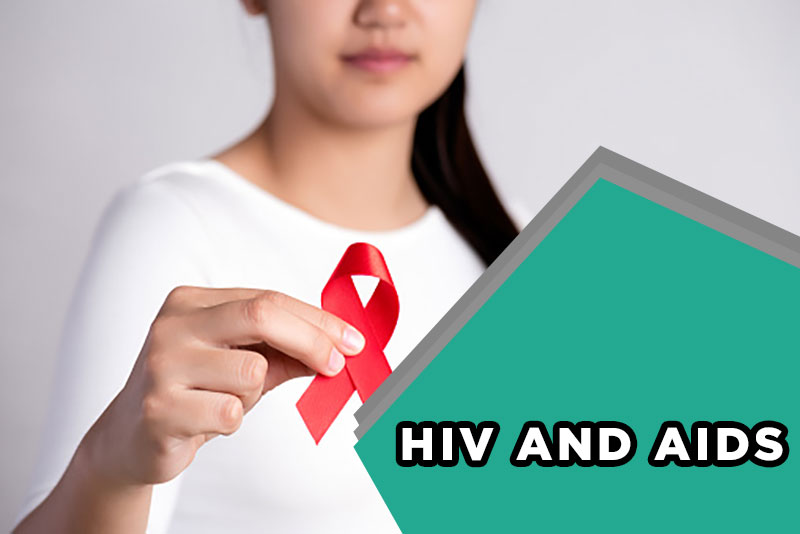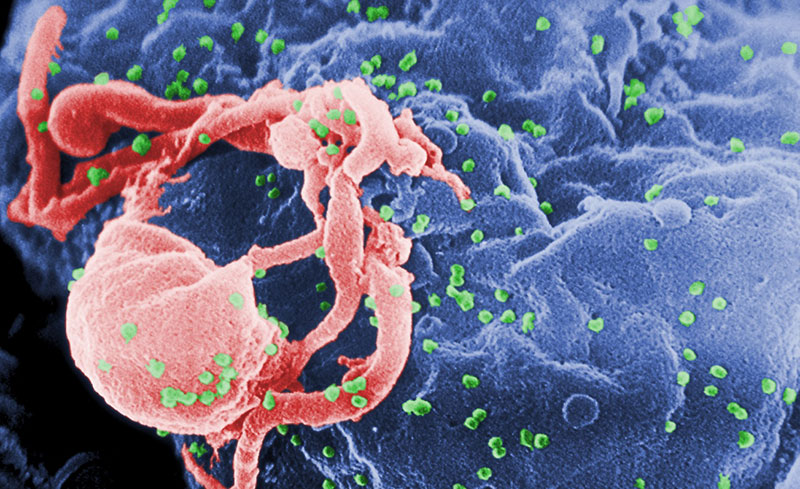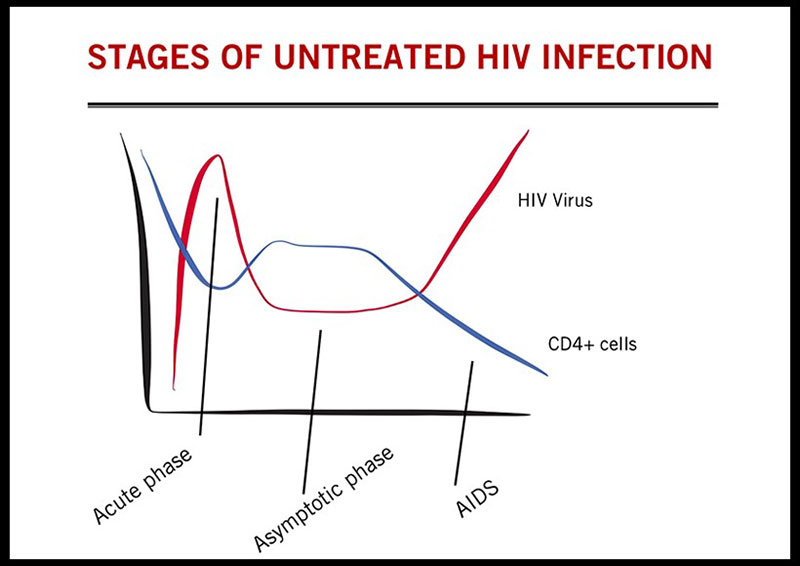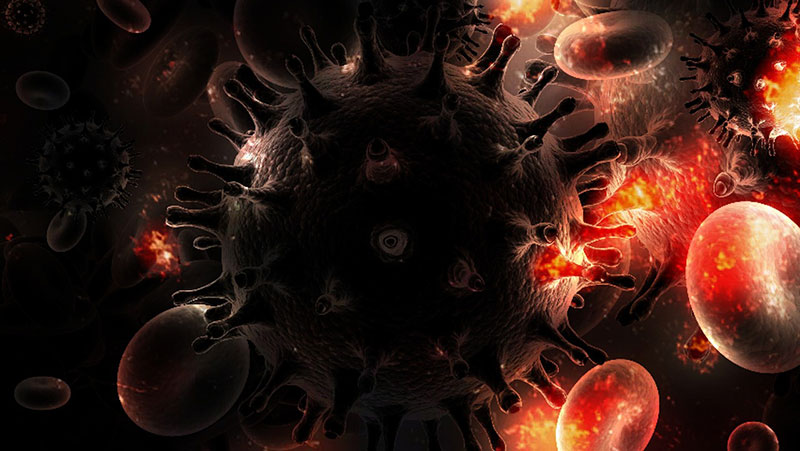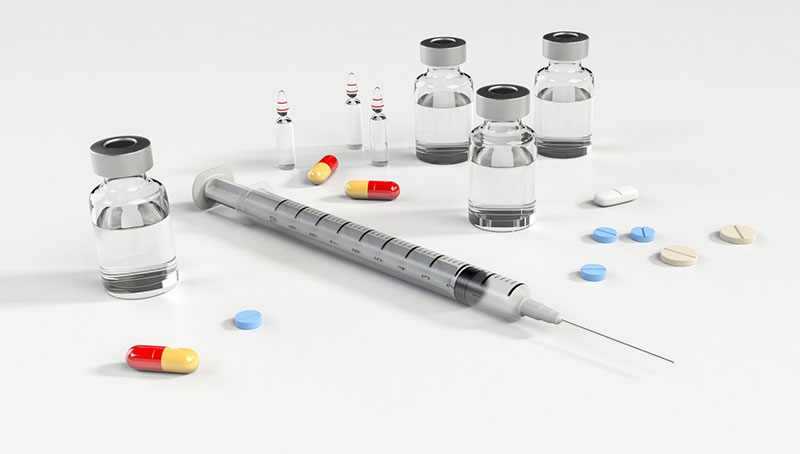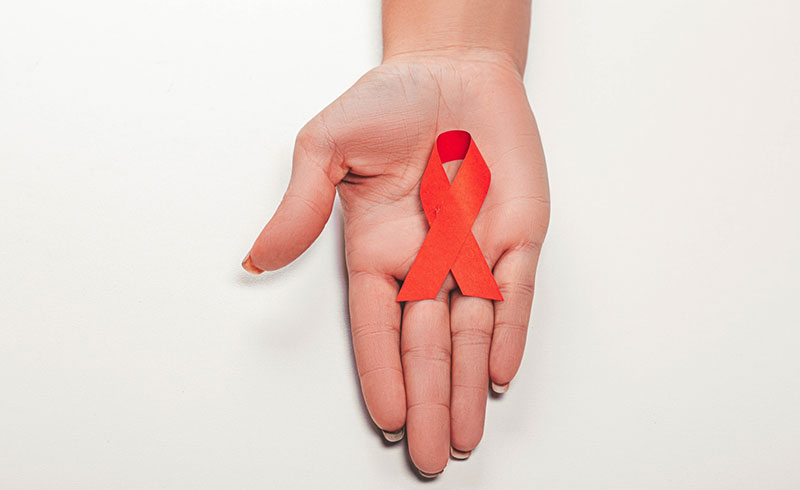People living with HIV have soared to 36.7 million all over the globe in 2016. But coupled with the right medication and education, the world might see a decrease in the numbers. In the meantime, it is of paramount importance to thoroughly understand what HIV is, along with another serious condition called AIDS. Here is a succinct rundown of what you need to know about HIV and AIDS.
How HIV and AIDS intersect
Setting things clearly between HIV and AIDS is a key step. Although both are closely related, they are not the same. For a person who has AIDS, he or she may have contracted HIV. However, someone with HIV doesn’t mean he or she has AIDS. To elucidate both more clearly, let’s first tackle HIV.
A definition of HIV
A virus that harms the immune system of people is known as HIV. It stands for human immunodeficiency virus and is a lifelong condition that assaults and kills a type of immune cell referred to as CD4 cells. These cells specifically help fight infections in the body. Once this happens, a person’s body becomes easily susceptible to different types of infections, and worse, cancers.
The transmission of HIV
There are several pathways of transmission for HIV. The following are:
- Through bodily fluids like semen, blood, breast milk, as well as vaginal and rectal fluids
- From one person to another through anal or vaginal sex, commonly among men who have sex with men
- Exchanging drug paraphernalia like needles and syringe
- Using the same tattoo apparatus without sterilization
- Through a needle stick and exposure to an HIV-contracted individual’s blood
- Passing of a woman with HIV to her baby during pregnancy, labor, and delivery
- Through breastfeeding, and premastication
- Blood transfusion as well as tissue and organ transplant
In some exceptionally rare cases, HIV is transferred through contact between wounds, blood, mucous membranes, and broken skins of an individual with HIV. It may also be theoretically possible if a person is bitten by another person living with HIV, provided that there are open sores in the mouth or the saliva is also bloody. Finally, it may be passed through oral sex, and that is if the person’s mouth has open sores or bleeding gums.
Non-transmission of HIV
To make things perfectly clear, HIV does not scatter through the following cases:
- Exposure to sweat, tears, and saliva without blood
- Air
- Physical contact
- Mosquito or insect bites
- Water
- Handshake, hugs, or kisses
- Sharing of foods, drink, as well as towels, beddings, or toilet
What causes HIV?
HIV dates back as far as the 1920s when African chimpanzees were infected by the simian immunodeficiency virus. The spread took place when people consumed an infected chimpanzee meat. Since then it has leaped from chimpanzees to humans and mutated as HIV. The first discovery of HIV in human blood samples was in 1959 and has eventually spread to many parts of the world.
The three stages of HIV progression
- The 1st stage – refers to the first few weeks a person contracts HIV, which is known as the acute stage. During this time, the immune system produces HIV antibodies as a response to the rapid reproduction of the virus
- The 2nd stage – also called the clinical latency or chronic stage. HIV enters this phase after a month or so.
- The third stage – HIV advances to AIDS due to lack of treatment
Acute Symptoms of HIV
The early symptoms of HIV are synonymous to the symptoms of seasonal viruses or flu. These appear in the acute stage, one or two months after the virus contraction. Such are headache, upset stomach, fever, nausea, skin rash, chills, sore throat, swollen lymph nodes, along with general aches and pains. During such a period, a person’s viral load, which refers to the amount of HIV in the bloodstream, rises very high. Even if the person shows no symptoms, a high viral load equates to higher chances of HIV transmission from person to person.
Chronic Stage Symptoms of HIV
While others show no symptoms during this stage, some show nonspecific symptoms. Examples of these are diarrhea, shingles, night sweats, weight loss, swollen lymph nodes, vomiting, pneumonia, repeated oral or vaginal yeast infections, fatigue, fevers, nausea, and skin rashes. The question is, do men and women differ in HIV symptoms? As a whole, symptoms are the same for both. However, men are not found to normally seek medical attention as frequently as women.
The HIV Rash
Since it is among the first symptoms of the infection, 90% of people experience HIV rashes. These normally show up as flat, raised, and multiple small red lesions. Such may be developed by co-infections like shingles and herpes simplex. However, a rash may develop due to medication. One notable example of an allergic reaction to HIV medication is the Stevens-Johnson syndrome (SJS), which in worst cases, may require emergency medical care.
Tests to diagnose HIV
To diagnose whether a person has HIV or not, he or she may go through various tests. Included are the following:
- Antibody/antigen test – a frequently-used test that provides results within 18 to 45 days after HIV contraction
- Antibody test – a test done using mouth swabs or blood tests which checks the blood for antibodies. Antibody tests that can be done at home are OraQuick HIV test and Home Access HIV-1 Test System.
- Nucleic acid test (NAT) – an expensive test not generally used which pinpoints the virus itself, not antibodies
A description of AIDS
AIDS completely means acquired immunodeficiency syndrome, which refers to the highest stage of HIV. This happens when a person’s HIV is diagnosed very late or their HIV type resists antiretroviral treatment. Emerging opportunistic infections like pneumonia may also contribute to the advancement of HIV to AIDS. Above, we’ve talked about how HIV attacks CD4 cells. If an individual with HIV has a CD4 count below 200 per cubic millimeter, he or she will be diagnosed with AIDS. The normal CD4 count of a healthy adult is 500 to 1,500 per cubic millimeter.
The symptoms of AIDS
When HIV progresses to AIDS, certain symptoms start to show. These range from bumps, lesions, rashes, chronic fatigue, rapid weight loss, repeated fever and chronic diarrhea, depression, night sweats, as well as sores of the tongue, mouth, anus, or genitals. Other symptoms are chronic swollen lymph glands of the armpits, neck and groin along with dark spots inside the mouth, eyelids, and nose, or under the skin.
Health complications that may emerge from AIDS
As AIDS damages a person’s immune system, he or she becomes vulnerable to several illnesses such as tuberculosis, cancer, oral thrush, pneumonia, toxoplasmosis, cryptosporidiosis, cytomegalovirus, and cryptococcal meningitis. This results in a shortened life expectancy.
Understanding the HIV window period
The HIV window period refers to the duration when a person gets in contact with HIV and when it begins to be perceptible in the blood. HIV antibodies normally become detectable after 23 to 90 days. When someone chooses to take an HIV test during this period, he or she may possibly receive a negative result. The prevention of getting HIV during this time may be vehicled by a medication called post-exposure prophylaxis (PEP).
HIV prevention and coping methods
There are several precautions to take note of in the prevention of HIV. Taking an HIV test early on, following safer sex practices such as using condoms, regular exercise, taking medications at the prescribed time, and regular consultation to a healthcare provider are definitely helpful steps.
Vaccine for HIV
Although there are no vaccines as of yet, research into an HIV vaccine is afoot. As of now, people can get help from vaccines that impede HIV-related diseases like influenza, shingles, pneumonia, meningitis, along with hepatitis A and B.
Treatment for HIV and AIDS
At present, there is no cure for HIV and AIDS. Early treatment with antiretroviral therapy helps increase a person’s count of CD4 cells. There are 25+ approved antiretroviral therapy medications for the treatment of HIV. These are classified into six, namely, nucleoside reverse transcriptase inhibitors (NRTIs), non-nucleoside reverse transcriptase inhibitors (NNRTIs), protease inhibitors, fusion inhibitors, CCR5 antagonists, and integrase strand transfer inhibitors.
Life expectancy of people with HIV and AIDS
Last 2011, it was reported that a 20-year-old person with HIV has a life expectancy of 53 years. This was a great improvement from that of the 1990s which reported a 19-year life expectancy only. This is largely thanks to the consistent access to antiretroviral therapy that ensures a normal lifespan as that of a person living without HIV. However, a person with AIDS could expect to live for about three years if left untreated.
Wrapping up HIV and AIDS
Continual access to antiretroviral therapy marks a promising future for people with HIV and AIDS. About 20.9 million people with HIV are receiving treatment from this therapy in 2017. With optimism, people will hopefully battle with these two menacing conditions in the years ahead, finally with a lasting cure.


